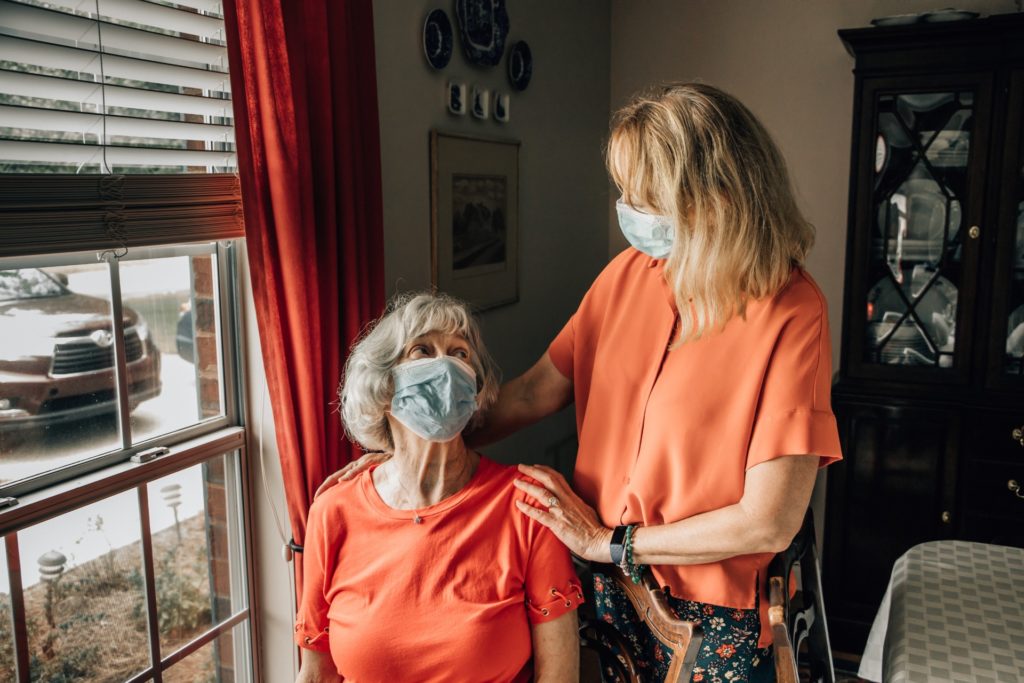
Proactive Legal Strategies for Cognitive Decline
Legal tools like power of attorney and healthcare directives are essential in forming a proactive legal strategy for cognitive decline.
Call us Anytime
Laurel, MD 20707
Downs Law Firm, P.C.
Home • Long terrm care planning • Assisted Living

Legal tools like power of attorney and healthcare directives are essential in forming a proactive legal strategy for cognitive decline.

Learn how to protect assets and become eligible for Medicaid with practical strategies, while avoiding questionable methods.

The idea of Medicaid Asset Protection Trust for the purposes of protecting against long-term care costs is becoming both more sought-after and more necessary.

As family caregivers, we play many roles: scheduler, money manager, house cleaner, health aide, nurse, navigator, nurturer and more. Perhaps the most important role, though, is advocate, as we ensure the best life possible for our loved ones when they are vulnerable.
The vast majority of the “fountain of youth” products that make bold claims about warding off dementia are at best placebos and rip-offs.

There are many questions that come with inheriting a piece of real estate. Do you want to live in it? Do you want to sell it? Do you have to split the property with another heir?

A senior living facility that would be a perfect fit for one person might be inappropriate for another person.
The first step in addressing the situation, is knowing the symptoms that can indicate that your aging parent is not eating enough, not eating nutritious food, or not absorbing the nutrients from food.

There is little time when an emergency arises, so perhaps it is best to plan ahead. I tell my new employees that if they just pay attention, they will see the best loves stories in the world walk through our doors. We have many couples who we work with where one spouse has diminishing capacities. The caretaking spouse is often making supreme sacrifices to keep their husband or wife at home. That it true love on display. Nicholas Sparks is a very popular author. He wrote, among other works, “The Notebook”. He is a former estate planning lawyer, and I am sure found the inspiration for that story with the kinds of couples we see on an ongoing basis. Unfortunately, sometimes the care needs are just too much. When a loved one is hospitalized and cannot return home, there is a lot of pressure because decisions have to be made quickly. The key to handling that problem, if it should arise, is to not wait for the emergency but plan ahead for it, according to Next Avenue in “Planning Ahead for Assisted Living.” Many people deal with assisted living this way. Adult children uproot their lives and relocate to be near their aging parents. Spouses feel helpless when their husbands or wives refuse to even consider moving to a facility, yet they are not safe at home. The senior often pushes back against leaving their home, which is understandable. However, when illness or aging takes a toll, it’s just a matter of time before they understand, usually the hard way. One woman was the very model of aging-in-place, until turning 85. Then illnesses and a chronic condition started making it hard for her to move around. When she was taken to the hospital, she had to take a clear look at her situation. It was distressing, but she realized she had to make a change. By 2030, the number of Americans age 65 and older is expected to increase dramatically, and for the first time in our country’s history, the number of older Americans will be higher than the number of children. We may not know what life has in store for us. However, we can plan ahead. Some people start looking at CCRCs–Continuing Care Retirement Communities. These are facilities that include independent living, assisted living and nursing home care, all on the same property. Some have secured memory care for those living with dementia. Research the costs, policies, and programs of the long-term facilities you may be considering. There are different services offered. Assisted living facilities are state-licensed housing communities that offer residents a range of services. They usually do not offer medical care. A skilled nursing facility/nursing home will have medical services. Services in assisted living communities vary. Some offer meals and help with bathing, dressing and mobility, medication management, education and social activities. They may be large or small, with residential homes, where three or four residents live with a paid caregiver. Those are known as “adult